Source: Chainalysis
Translation: Tao Zhu, Golden Finance
Cryptocurrency hacking remains a persistent threat, with over $1 billion in cryptocurrency stolen in four of the past ten years (2018, 2021, 2022, and 2023). 2024 marks the fifth year of reaching this alarming milestone, highlighting that as cryptocurrency adoption and prices rise, the amount that can be stolen is also increasing.
In 2024, stolen funds are projected to grow by approximately 21.07% year-on-year, reaching $2.2 billion, with the number of individual hacking incidents increasing from 282 in 2023 to 303 in 2024.
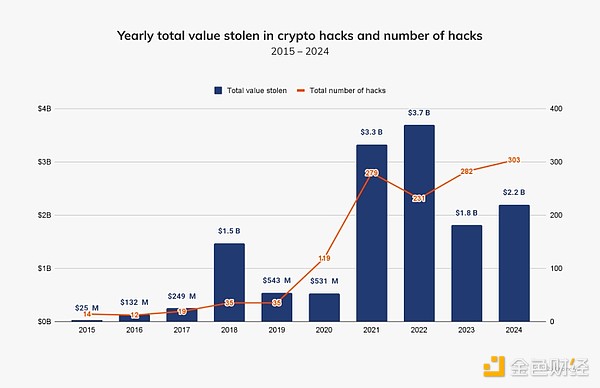 Interestingly, the intensity of cryptocurrency hacking changed around the first half of this year. In our mid-year crime update, we noted that the cumulative value stolen from January 2024 to July 2024 had reached $1.58 billion, approximately 84.4% higher than the value stolen in the same period in 2023. As we see in the chart below, by the end of July, the ecosystem was easily on track to match the over $3 billion seen in 2021 and 2022. However, the upward trend in cryptocurrency theft in 2024 noticeably slowed after July, remaining relatively stable thereafter. Later, we will explore the potential geopolitical reasons for this change.
Interestingly, the intensity of cryptocurrency hacking changed around the first half of this year. In our mid-year crime update, we noted that the cumulative value stolen from January 2024 to July 2024 had reached $1.58 billion, approximately 84.4% higher than the value stolen in the same period in 2023. As we see in the chart below, by the end of July, the ecosystem was easily on track to match the over $3 billion seen in 2021 and 2022. However, the upward trend in cryptocurrency theft in 2024 noticeably slowed after July, remaining relatively stable thereafter. Later, we will explore the potential geopolitical reasons for this change.
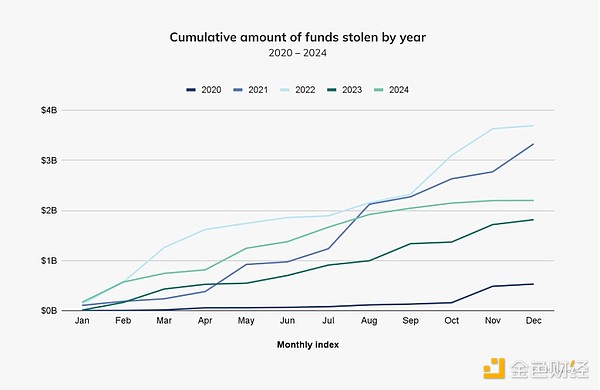
In terms of the amount stolen categorized by victim platform type, 2024 also shows interesting patterns. In most quarters from 2021 to 2023, decentralized finance (DeFi) platforms were the primary targets of cryptocurrency hackers. DeFi platforms may be more vulnerable to attacks because their developers tend to prioritize rapid growth and market launch over implementing security measures, making them prime targets for hackers.
Although DeFi still accounted for the largest share of stolen assets in the first quarter of 2024, centralized services were the most targeted in the second and third quarters. Some of the most notable centralized service hacks include DMM Bitcoin (May 2024; $305 million) and WazirX (July 2024; $234.9 million).
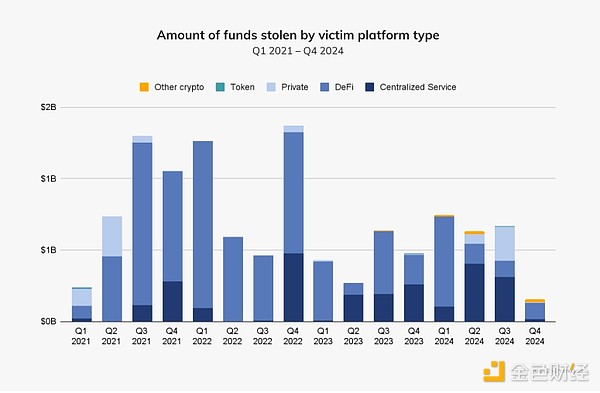
This shift in focus from DeFi to centralized services underscores the increasing importance of security mechanisms commonly used by hackers (such as private keys). In 2024, private key leaks accounted for the largest share of stolen cryptocurrency, reaching 43.8%. For centralized services, ensuring the security of private keys is crucial, as they control access to user assets. Given that centralized exchanges manage large amounts of user funds, the impact of private key leaks can be devastating; we need only look at the $305 million DMM Bitcoin hack, one of the largest cryptocurrency breaches to date, which may have occurred due to poor private key management or lack of adequate security.
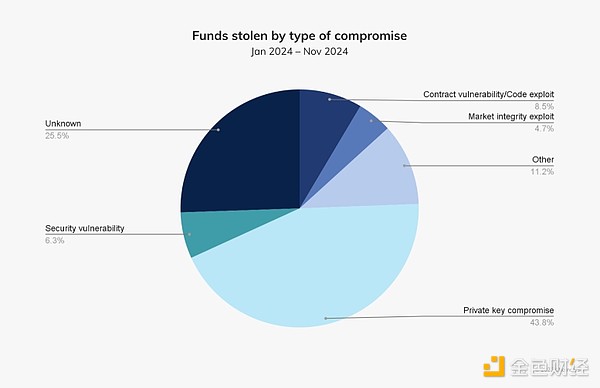
After a private key leak, malicious actors often launder stolen funds through decentralized exchanges (DEX), mining services, or mixing services, obscuring transaction trails and complicating tracking. By 2024, we can see that the laundering activities of private key hackers differ significantly from those using other attack vectors. For example, after stealing private keys, these hackers often turn to bridging and mixing services. For other attack vectors, decentralized exchanges are more commonly used for laundering activities.

In 2024, North Korean hackers will steal more from crypto platforms than ever before
North Korean-linked hackers are notorious for their sophisticated and ruthless methods, often employing advanced malware, social engineering, and cryptocurrency theft to fund state-sponsored operations and evade international sanctions. U.S. and international officials assess that Pyongyang uses stolen cryptocurrency to fund its weapons of mass destruction and ballistic missile programs, posing a threat to international security. By 2023, North Korean hackers had stolen approximately $660.5 million through 20 incidents; by 2024, this figure increased to $1.34 billion across 47 incidents, representing a 102.88% increase in stolen value. These figures account for 61% of the total stolen amount for the year and 20% of the total number of incidents.
It is worth noting that in last year's report, we stated that North Korea had stolen $1 billion through 20 hacking incidents. After further investigation, we determined that some of the previously attributed large hacks to North Korea may no longer be relevant, thus reducing the amount to $660.5 million. However, the number of incidents remained unchanged as we identified other smaller hacks attributed to North Korea. As we obtain new on-chain and off-chain evidence, our goal is to continuously reassess our evaluations of North Korean-linked hacking incidents.
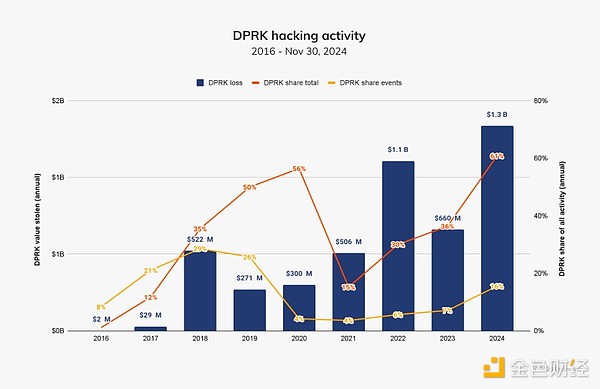
Unfortunately, North Korea's cryptocurrency attacks appear to be becoming increasingly frequent. In the chart below, we examine the average time between successful DPRK attacks based on the scale of the exploit, finding that the frequency of attacks of various scales has decreased year-on-year. Notably, attacks valued between $5 million and $100 million, as well as those exceeding $100 million, occurred far more frequently in 2024 than in 2023, indicating that North Korea is becoming increasingly adept and quicker at executing large-scale attacks. This contrasts sharply with the previous two years, where profits from each attack often fell below $50 million.
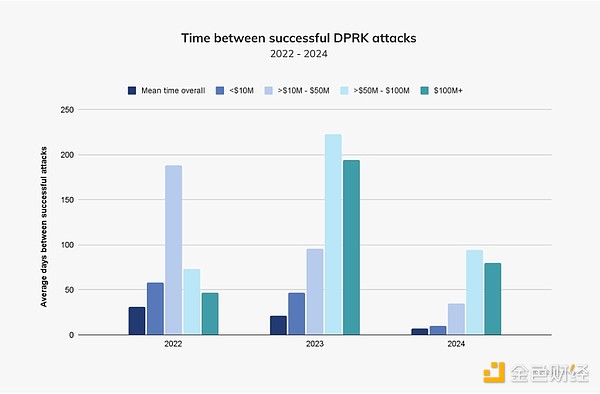
When comparing North Korea's activities to all other hacking activities we monitor, it is clear that North Korea has been responsible for most large-scale attacks over the past three years. Interestingly, the amount of North Korean hacking incidents has been lower, especially with the density of hacks around $10,000 also steadily increasing.
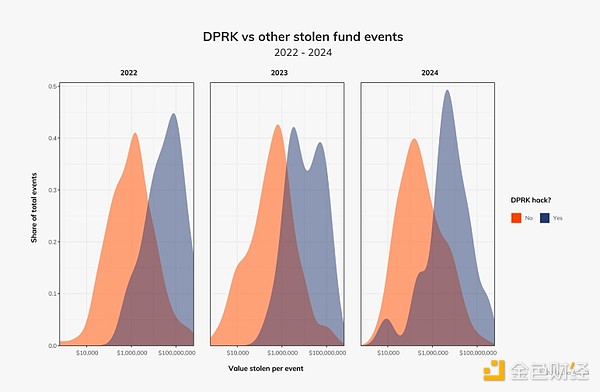
Some of these incidents appear to be linked to North Korean IT professionals, who are increasingly infiltrating cryptocurrency and Web3 companies, compromising their networks, operations, and integrity. These employees often employ complex strategies, techniques, and procedures (TTPs), such as false identities, hiring third-party recruitment agencies, and manipulating remote work opportunities to gain access. In a recent case, the U.S. Department of Justice (DOJ) charged 14 North Korean nationals who worked remotely as IT professionals in the U.S. The companies earned over $88 million by stealing proprietary information and extorting their employers.
To mitigate these risks, companies should prioritize thorough hiring due diligence—including background checks and identity verification—while maintaining strong private key security to protect critical assets (if applicable).
Despite all these trends indicating that North Korea has been very active this year, most of its attacks occurred early in the year, with overall hacking activity stagnating in the third and fourth quarters, as shown in earlier charts.
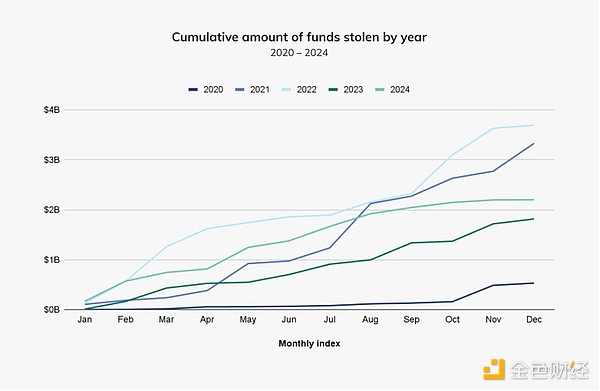
In late June 2024, Russian President Vladimir Putin and North Korean leader Kim Jong-un are also set to hold a summit in Pyongyang to sign a joint defense agreement. So far this year, Russia has released millions of dollars in previously frozen North Korean assets in accordance with United Nations Security Council sanctions, marking the ongoing development of the alliance between the two countries. Meanwhile, North Korea has deployed troops to Ukraine, provided ballistic missiles to Russia, and reportedly sought advanced space, missile, and submarine technology from Moscow.
If we compare the average daily losses from DPRK exploits before and after July 1, 2024, we can see a significant decrease in the amount of stolen value. Specifically, as shown in the chart below, the amount stolen by North Korea decreased by approximately 53.73% afterward, while the amount stolen by non-North Korean actors increased by about 5%. Therefore, in addition to redirecting military resources to the Ukraine conflict, North Korea, which has significantly strengthened its cooperation with Russia in recent years, may also be altering its cybercriminal activities.
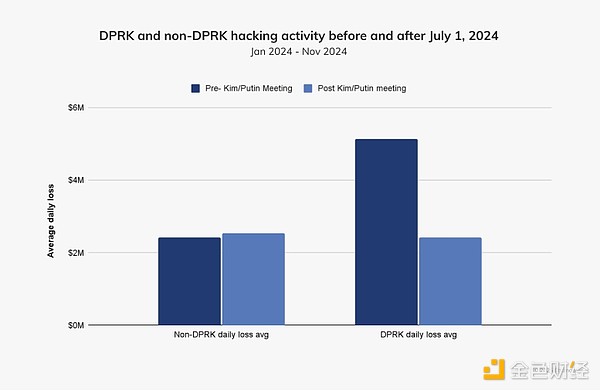
The decline in funds stolen by North Korea after July 1, 2024, is evident, and the timing is clear; however, it is worth noting that this decline does not necessarily correlate with Putin's visit to Pyongyang. Additionally, some incidents occurring in December may alter this pattern by the end of the year, and attackers often launch attacks during holiday periods.
Case Study: North Korea's Attack on DMM Bitcoin
A notable example of a North Korean-linked hacking attack in 2024 involved the Japanese cryptocurrency exchange DMM Bitcoin, which was hacked, resulting in the loss of approximately 4,502.9 bitcoins, valued at $305 million at the time. The attackers exploited vulnerabilities in the infrastructure used by DMM, leading to unauthorized withdrawals. In response, DMM, with the support of its parent company, sought to fully reimburse customer deposits by finding equivalent funds.
We are able to analyze the on-chain flow of funds after the initial attack. In the first phase, we see the attackers transferring millions of dollars worth of cryptocurrency from DMM Bitcoin to several intermediary addresses, eventually reaching a Bitcoin CoinJoin mixing server.
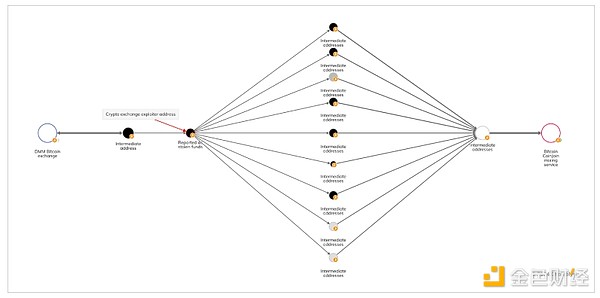
After successfully mixing the stolen funds using the Bitcoin CoinJoin mixing service, the attackers transferred part of the funds to Huioneguarantee through some bridging services. This is an online marketplace associated with the Cambodian corporate group Huione Group, which is a significant player in facilitating cybercrime.
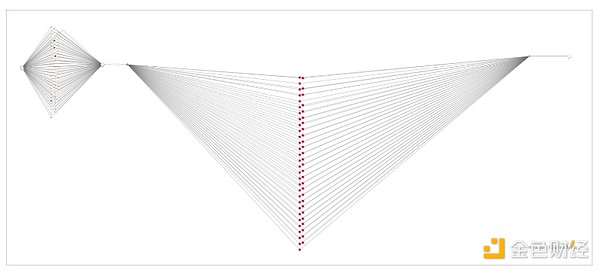
DMM Bitcoin has transferred its assets and customer accounts to SBI VC Trade, a subsidiary of Japan's financial group SBI Group, with the transition scheduled to be completed by March 2025. Fortunately, emerging tools and predictive technologies are on the rise, which we will explore in the next section to prepare for preventing such destructive hacking attacks.
Using Predictive Models to Prevent Hacking Attacks
Advanced predictive technologies are transforming cybersecurity by providing proactive methods to protect digital ecosystems through real-time detection of potential risks and threats. Let’s look at the example below involving the decentralized liquidity provider UwU Lend.
On June 10, 2024, attackers manipulated UwU Lend's price oracle system to acquire approximately $20 million in funds. The attackers initiated a flash loan attack to alter the price of Ethena Staked USDe (sUSDe) across multiple oracles, leading to incorrect valuations. As a result, the attackers were able to borrow millions of dollars within seven minutes. Hexagate detected the attack contract and its similar deployments about two days before the exploit.
Although the attack contract was accurately detected in real-time two days before the exploit, its connection to the exploited contract did not immediately become apparent due to design reasons. With tools like Hexagate's secure oracle, this early detection can be further leveraged to mitigate threats. Notably, the first attack, which resulted in an $8.2 million loss, occurred just minutes before subsequent attacks, providing another important signal.
Alerts issued before significant on-chain attacks have the potential to change the security landscape for industry participants, enabling them to completely prevent costly hacking attacks rather than merely responding to them.
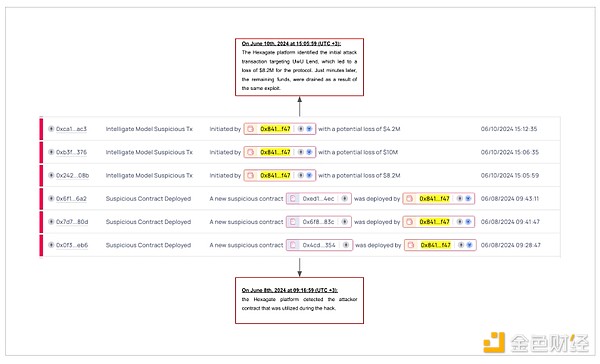
In the chart below, we see that the attackers transferred the stolen funds through two intermediary addresses before reaching the OFAC-approved Ethereum smart contract mixer Tornado Cash.
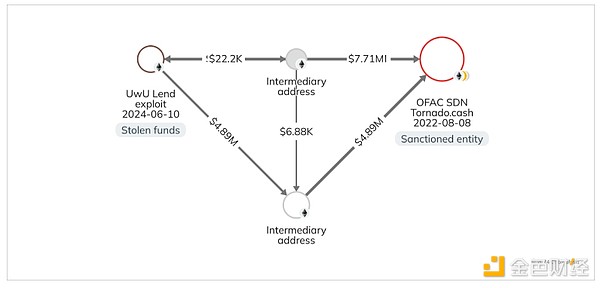
However, it is important to note that merely accessing these predictive models does not guarantee the prevention of hacking attacks, as protocols may not always have the appropriate tools to take effective action.
The Need for Stronger Crypto Security
The increase in stolen cryptocurrency in 2024 highlights the industry's need to address an increasingly complex and evolving threat landscape. While the scale of cryptocurrency theft has not yet returned to the levels seen in 2021 and 2022, the aforementioned resurgence underscores the gaps in existing security measures and the importance of adapting to new exploitation methods. Effective responses to these challenges require collaboration between the public and private sectors. Data-sharing programs, real-time security solutions, advanced tracking tools, and targeted training can empower stakeholders to quickly identify and eliminate malicious actors while building the resilience needed to protect crypto assets.
Furthermore, as cryptocurrency regulatory frameworks continue to evolve, scrutiny over platform security and customer asset protection may intensify. Industry best practices must keep pace with these changes to ensure prevention and accountability. By establishing stronger partnerships with law enforcement and providing teams with rapid response resources and expertise, the cryptocurrency industry can enhance its theft prevention capabilities. These efforts are crucial not only for protecting individual assets but also for establishing long-term trust and stability within the digital ecosystem.
免责声明:本文章仅代表作者个人观点,不代表本平台的立场和观点。本文章仅供信息分享,不构成对任何人的任何投资建议。用户与作者之间的任何争议,与本平台无关。如网页中刊载的文章或图片涉及侵权,请提供相关的权利证明和身份证明发送邮件到support@aicoin.com,本平台相关工作人员将会进行核查。




